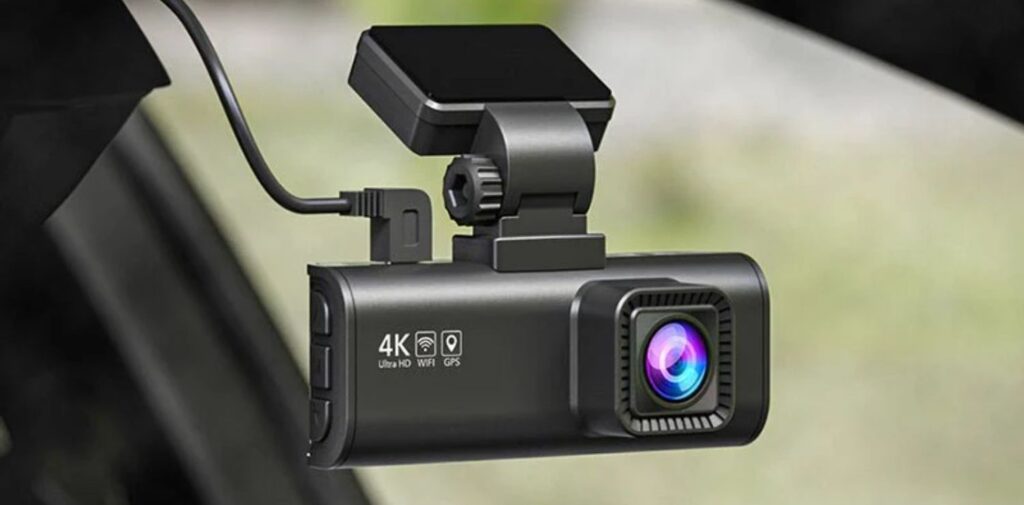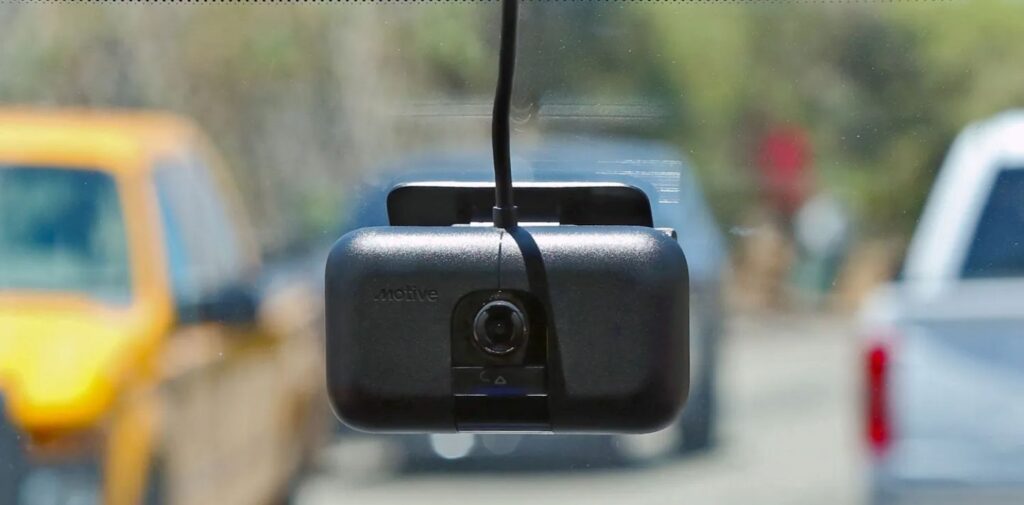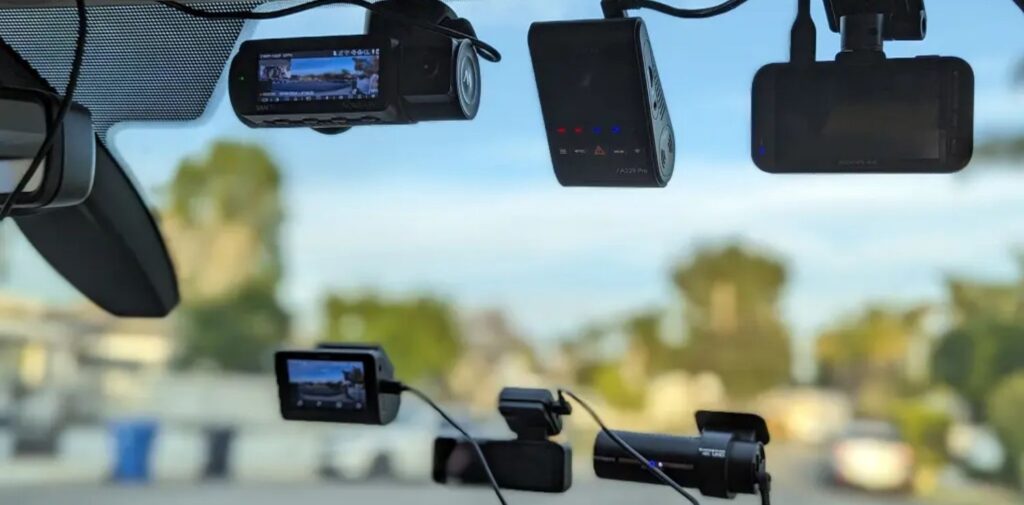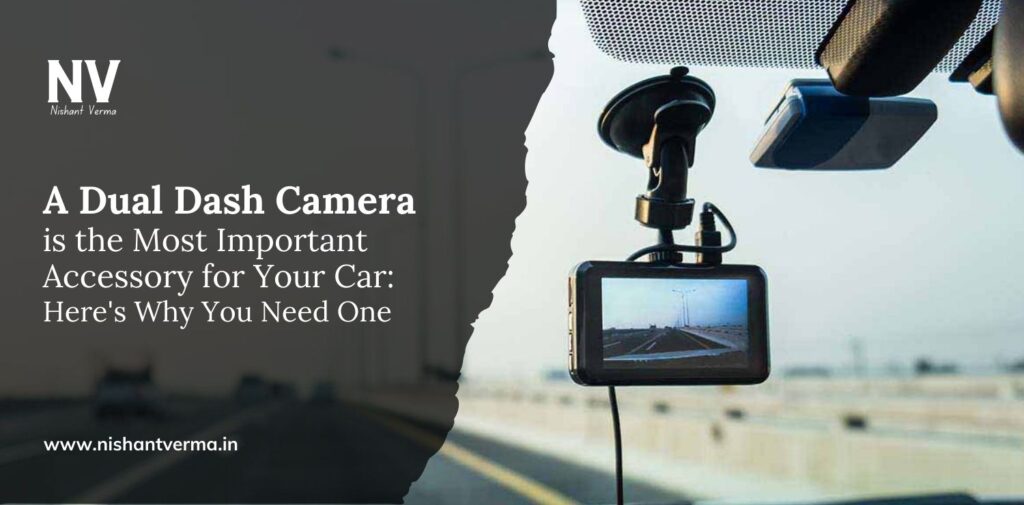In today’s fast-paced world, road safety has become more crucial than ever. With increasing incidents of wrong-side driving, rash driving, and road rage, protecting yourself on the road is essential. While driving carefully is a good start, having the right tools to safeguard yourself legally in case of an accident is even more important. One such tool is a dual dash camera – a device that can capture both front and rear views of your car, providing you with critical evidence if something goes wrong. This article will explain why a dual dash camera is a must-have for every driver and how it can protect you in various situations.
What is a Dual Dash Camera?
A dual dash camera is an in-car recording device equipped with two cameras – one facing the front of the vehicle and the other facing the rear. This setup allows the dash cam to record everything happening in front of and behind your car while you drive. The footage is stored on a memory card and can be accessed when needed. Dual dash cameras often come with additional features like night vision, GPS tracking, and even Wi-Fi connectivity, making them a versatile and valuable tool for any driver.

Growing Need for a Dash Camera: Road Conditions Today
Road conditions are not what they used to be. The rise in the number of vehicles on the road, along with reckless driving habits, has made driving more stressful. Some common problems drivers face today include:
- Wrong-side driving: It’s not uncommon to see vehicles driving on the wrong side of the road, especially in cities and congested areas. This can lead to dangerous head-on collisions.
- Rash driving: Speeding and aggressive driving are common on highways and even in urban settings. Reckless driving increases the risk of accidents, especially for those driving responsibly.
- Road rage incidents: Anger and frustration on the road can escalate quickly, leading to heated confrontations between drivers.
- Hit-and-run cases: In the unfortunate event of an accident, many drivers flee the scene, leaving the other party without any way to prove what happened.
In these scenarios, a dual dash camera can be a lifesaver. It records everything as it happens, providing clear evidence that can protect you legally and financially.
The Legal Benefits of a Dual Dash Camera
One of the main reasons to install a dual dash camera is to have proof in case of an accident. In many countries, dash cam footage is accepted as evidence in court. Whether it’s to prove your innocence in an accident or to show that the other driver was at fault, the footage can serve as vital evidence.
1. Proving Fault in an Accident:
If you are involved in a car accident and it’s not your fault, a dual dash camera can help you prove it. The front camera records everything happening on the road ahead, while the rear camera captures what happens behind your car. This footage can clearly show who was at fault, whether it’s someone cutting you off, a rear-end collision, or a car speeding out of control.
2. Protection from Insurance Fraud:
Insurance fraud, where individuals deliberately cause accidents to make false claims, is a growing problem. Fraudsters often target innocent drivers by intentionally causing a minor collision and then demanding compensation. With a dual dash camera, you have evidence of exactly what happened, protecting you from such scams.
3. Guarding Against Hit-and-Run Incidents:
If someone hits your car and drives away, the rear camera on your dual dash cam can capture their license plate number and vehicle details. This footage can be handed over to the police to help track down the driver.

Extra Features That Make Dual Dash Cameras Essential
While the basic function of a dual dash camera is to record the road, many modern dash cams come equipped with advanced features that make them even more beneficial. Here are some additional features to look out for:
1. Night Vision:
Driving at night can be tricky, especially with poor visibility or on poorly lit roads. A dash cam with night vision ensures that your footage is clear even in low-light conditions.
2. GPS Tracking:
Some dash cams come with built-in GPS that logs your speed, location, and the route you take. This can be useful for retracing your journey, proving where you were at a specific time, or keeping a record of your travels.
3. Motion Detection:
Some dual dash cams have a motion detection feature, which activates the camera even when your car is parked. This is useful for capturing footage if someone hits your parked car or attempts to break into it.
4. Wi-Fi Connectivity:
Wi-Fi-enabled dash cams allow you to download footage directly to your smartphone. This can be handy if you need to share the footage quickly with authorities or insurance companies.
Dash Camera Installation: Easy and Convenient
Installing a dual dash camera in your car is a relatively simple process. Most dash cams come with a suction cup mount that sticks to your windshield. The rear camera is typically mounted on your rear window, and the wiring can be neatly tucked along the edges of your car’s interior. Some professional installers can hardwire the camera to your vehicle’s power system, ensuring it turns on and off with the engine.
How Dash Cameras Improve Driving Habits
Interestingly, having a dash camera installed can also improve your own driving habits. Knowing that your actions are being recorded may encourage you to be more cautious and responsible on the road. This can help reduce the risk of accidents and ensure that you drive within the law.

Choosing the Right Dual Dash Camera for Your Needs
When it comes to choosing a dash camera, there are several factors to consider:
- Video Quality: Opt for a camera with at least 1080p resolution for both front and rear cameras. Higher resolution means clearer footage, which can be critical in identifying license plates or road signs.
- Field of View: A wider field of view captures more of the road. Look for cameras with a 120 to 170-degree viewing angle for optimal coverage.
- Storage Capacity: Dash cams use memory cards to store footage. Choose a camera that supports larger memory cards (32GB to 128GB), so you don’t have to worry about running out of space.
- Loop Recording: Most dash cams have loop recording, which means older footage is overwritten when the memory card is full. This ensures continuous recording without the need to manually delete files.
- G-sensor: This feature detects sudden impacts or movements, automatically saving the footage from a collision to prevent it from being overwritten.
Conclusion: A Small Investment for Big Protection
In today’s world, where the roads can be unpredictable, a dual dash camera is not just a fancy accessory; it’s a necessity. It provides you with legal protection, improves your driving habits, and offers peace of mind knowing that everything is being recorded. Whether it’s to prove your innocence in an accident, protect yourself from insurance fraud, or capture the details of a hit-and-run, a dual dash camera is an investment every car owner should make.
For a small price, this device could save you from significant legal, financial, and emotional stress in the event of an unfortunate incident on the road. So, if you haven’t installed a dual dash camera yet, now is the time to consider it.




